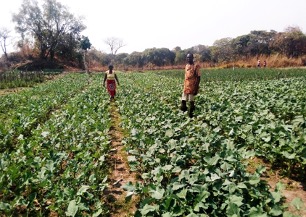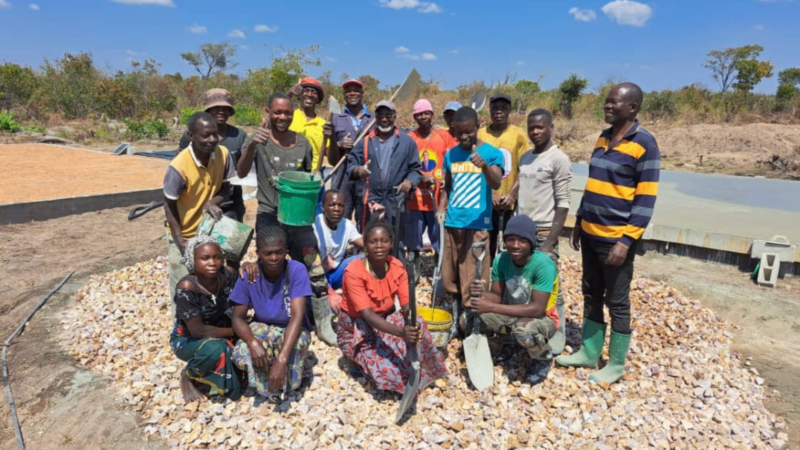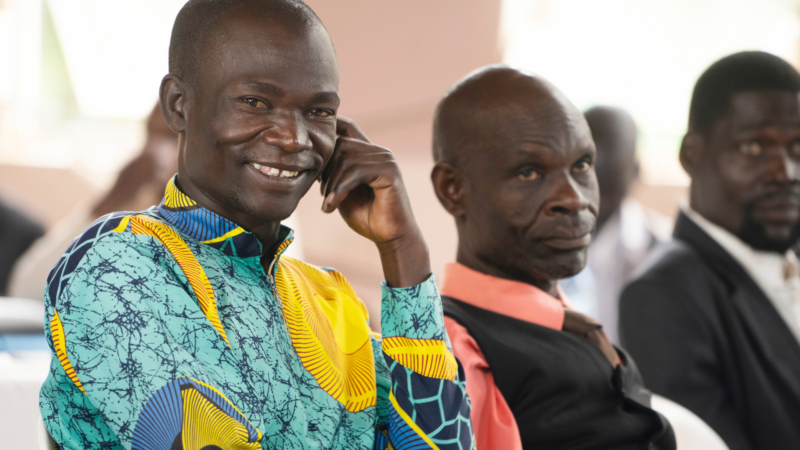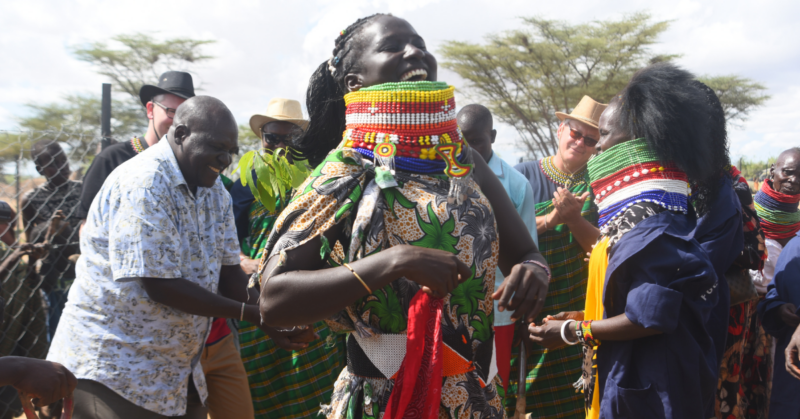Rural churches in Zambia tend to view themselves as vulnerable and in need of assistance. The little money that comes in on a Sunday morning, often less than four dollars per week, is quickly spent on church building repairs and assistance to extreme poverty needs within the congregation. This is how things stay Sunday after Sunday, year after year. The congregation stays poor, and the church remains broke.
Breaking the cycle of poverty within the church
The only practice we have found that breaks this cycle of poverty within the church, is when the church begins to invest in its congregation as opposed to giving away all of its resources. In the book of Deuteronomy, the Lord tells the Israelites, “when you see your brother in need, lend him what he needs.” When churches take up the practice of lending or investing in their congregation, a wonderful thing starts to happen. The individual whom the church invested in begins to give back to the church generously. More often than not, that generosity is not restricted just to money, typically they give back in time and service as well, or they start to reach out to the poor on their own.
A recycling of sorts
So, when the church invests in an individual, the loan/investment comes back to the church and can be used again. The individual who was blessed by the opportunity increases their giving to the church, which in turn increases the church’s ability to invest in and serve its congregation. To top it off, the individuals who were empowered by their church start to take notice and are inspired to care for and serve the most vulnerable around them.
‘Good Lucky’ denies luck has anything to do with his success
Recently, Bright Hope visited a farmer named Good Lucky in one of our villages. Good Lucky’s church had selected him to participate in a loan program. First, a small loan to grow a field of maize, then a second loan to invest in an irrigated vegetable field. As a family, Good Lucky and his wife now turn over more than $150 per month in vegetable sales. That’s more than most churches see in 6 months!
Joking with Lucky about his name, he said. “I’m not ‘Lucky,’ it is all God’s providence. Reflecting on the grace of God with my wife, we have been compelled to reciprocate by paying regular tithes to our church, and by donating some of the food from our farm to our elderly neighbors.”
The difference between giving and investing
Giving to the poor is affirmation of their hopeless and desperate state. Investing in someone says something quite different; it says, “we believe in you,” “we trust you,” we think you have potential,” and “as an individual you have value.” And when that investment is made through the church and in the love of Christ, then poverty starts to melt away.
Yes, there will always be cases were the poor simply need our generosity. However, if churches want to make headway against poverty, they must find a way to invest in their congregations.
Learn more about Bright Hope’s holistic approach to crush extreme poverty:
When Hope for Today Makes Tomorrow Possible
Hope for Tomorrow: Sometimes Poverty Alleviation is Simple
Hope for Eternity: Jesus Cares for the Poor
Bright Hope, a Holistic Ministry Meeting the Needs of the Poor




